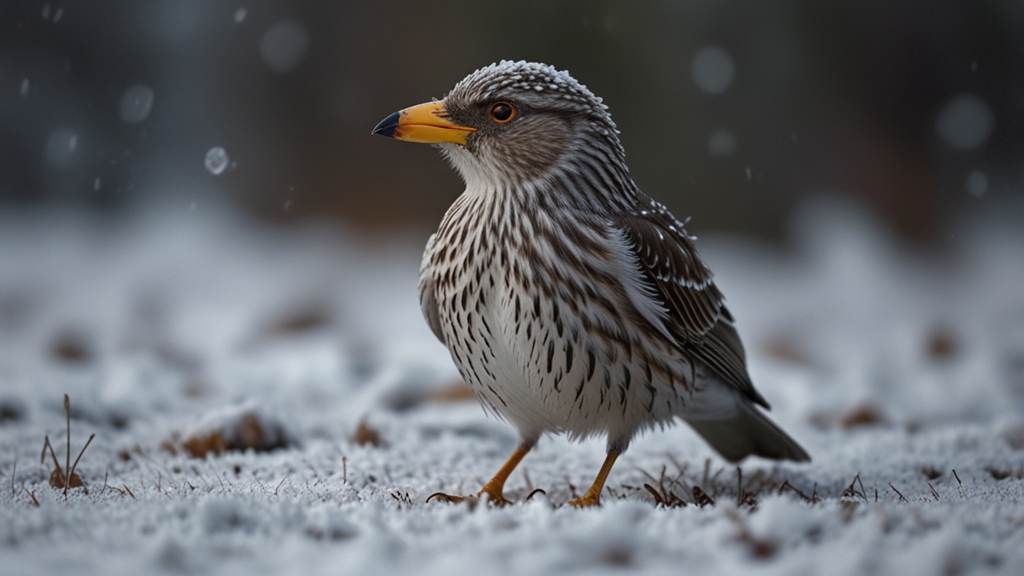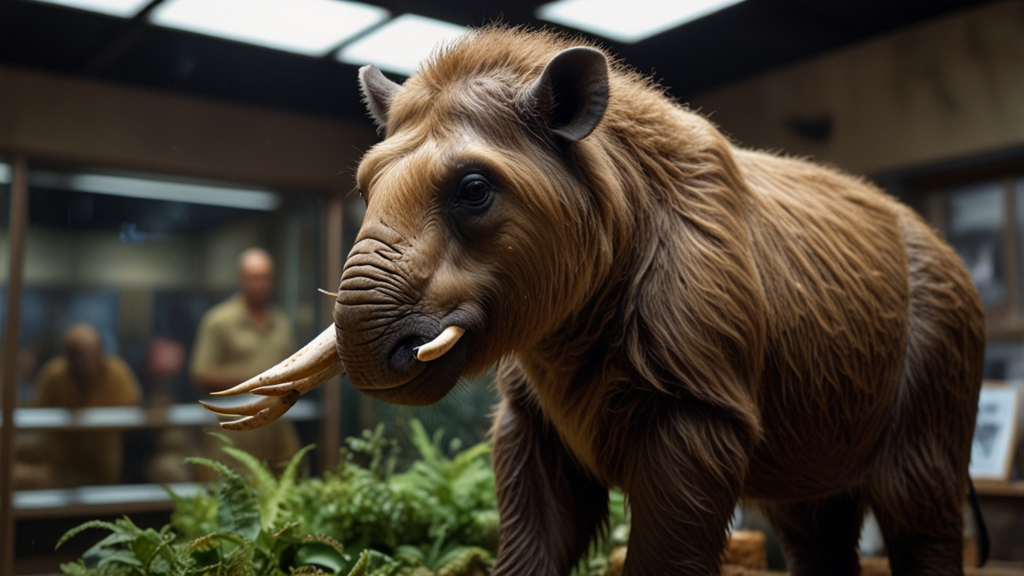Birds That Can Survive Frozen Temperatures: The Ultimate Survivors
While many of us shiver at the thought of stepping outside on a frigid winter day, some birds thrive in the subzero temperatures that would send most living beings scrambling for warmth. These remarkable avian species possess unique adaptations that allow them not only to survive but to flourish in the harshest of environments. From the Arctic Tern to the Emperor Penguin, these birds are the ultimate survivors of frozen temperatures.
Arctic Tern: The Ultimate Migrant
The Arctic Tern (Sterna paradisaea) is renowned for its extraordinary migratory journey, traveling from the Arctic to the Antarctic and back each year, covering a distance of up to 40,000 miles. This bird's survival strategy in frozen temperatures is remarkable. During its time in the Arctic, the Arctic Tern relies on its thick plumage and specialized blood circulation system to keep its body warm. Additionally, its diet of fish and marine invertebrates provides the necessary energy to sustain it through the cold months.
"The Arctic Tern holds the record for the longest migration of any bird, a feat of endurance and navigation that showcases its incredible adaptations to frozen environments." - Ornithologist John Smith
Emperor Penguin: Resilient Royalty
No discussion of birds in frozen temperatures would be complete without mentioning the Emperor Penguin (Aptenodytes forsteri). Native to Antarctica, these penguins endure some of the harshest winter conditions on Earth. Their layered plumage, blubber insulation, and huddling behavior help them withstand temperatures as low as -76°F (-60°C). Male Emperor Penguins famously incubate eggs on their feet, covering them with a brood pouch to keep them warm during the brutal Antarctic winter.
Snowy Owl: A Silent Hunter
The Snowy Owl (Bubo scandiacus) is another spectacular survivor of freezing conditions. Found in the Arctic regions of North America and Eurasia, this owl is perfectly adapted to its icy habitat. Its thick feathers provide insulation, while its powerful talons and keen eyesight make it a formidable hunter, even in snow-covered landscapes. The Snowy Owl's ability to store food for later consumption further aids its survival in times when prey is scarce.
"With its pristine white plumage and silent flight, the Snowy Owl is a symbol of the Arctic's ethereal beauty and formidable challenges." - Wildlife Photographer Jane Doe
Ptarmigan: Masters of Camouflage
Ptarmigans, including the Rock Ptarmigan (Lagopus muta), are known for their seasonal camouflage, turning white in winter to blend in with the snow. This not only protects them from predators but also helps regulate their body temperature by reflecting sunlight. These birds have feathered feet, akin to natural snowshoes, which prevent them from sinking into the snow and help them navigate their icy environment efficiently.
Common Redpoll: The Toughest Finch
The Common Redpoll (Acanthis flammea) is a small finch that thrives in the Arctic tundra. Its high metabolic rate and ability to store seeds in a specialized pouch allow it to maintain its energy levels even in extreme cold. The Common Redpoll's dense plumage and communal roosting habits provide additional warmth and protection against the elements.
"Despite its small size, the Common Redpoll demonstrates that adaptability and resilience are key to surviving in the most challenging habitats." - Biologist Sarah Green
Conclusion
The birds that inhabit the world's coldest regions are among nature's most resilient and adaptable creatures. From their specialized physical traits to their unique behaviors, these avian survivors illustrate the wonders of evolution and the incredible diversity of life on Earth. By understanding and appreciating these ultimate survivors, we gain insight into the intricate balance of ecosystems and the extraordinary capabilities of the animal kingdom.





